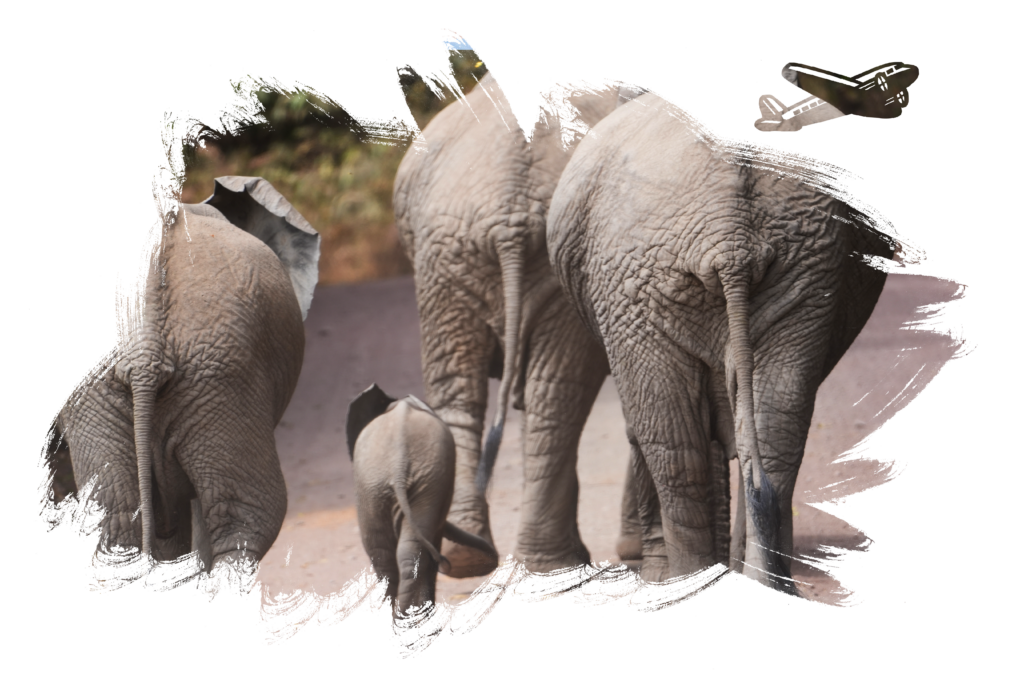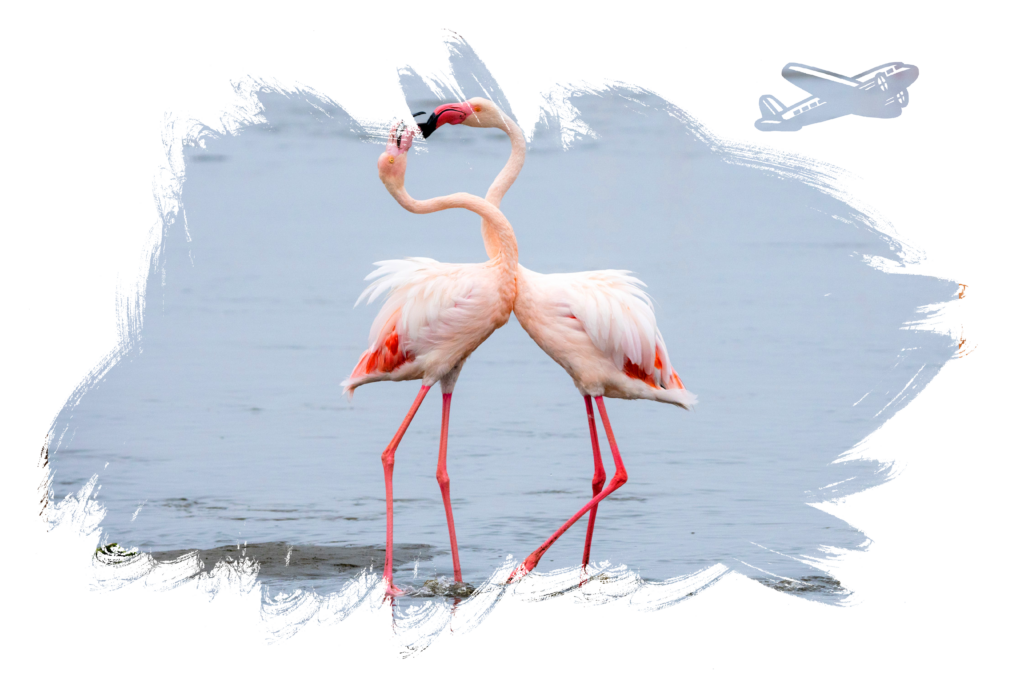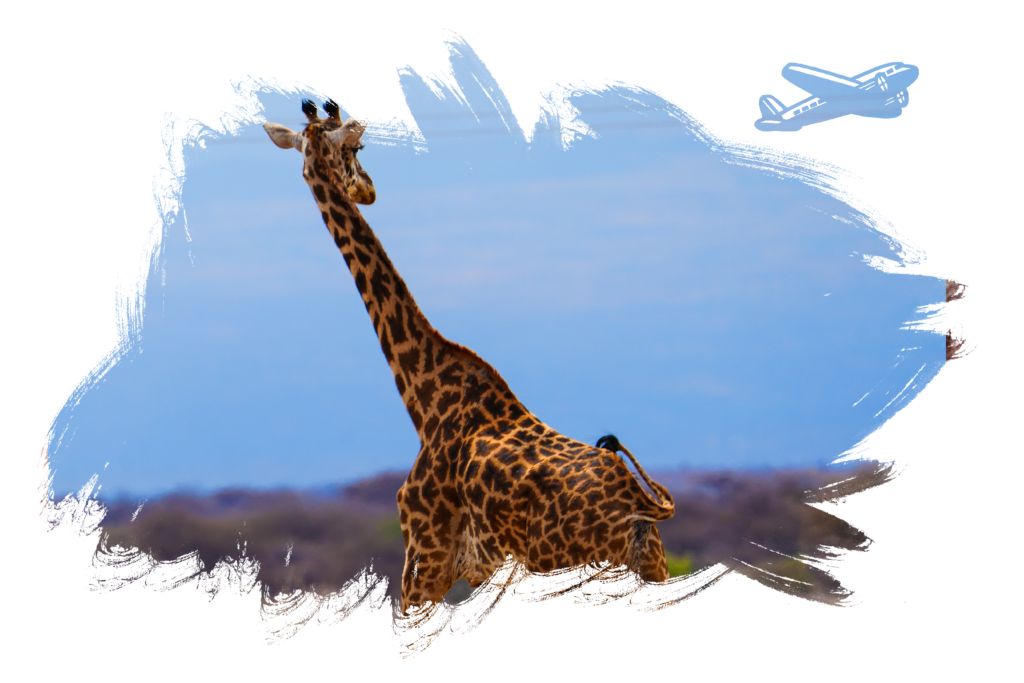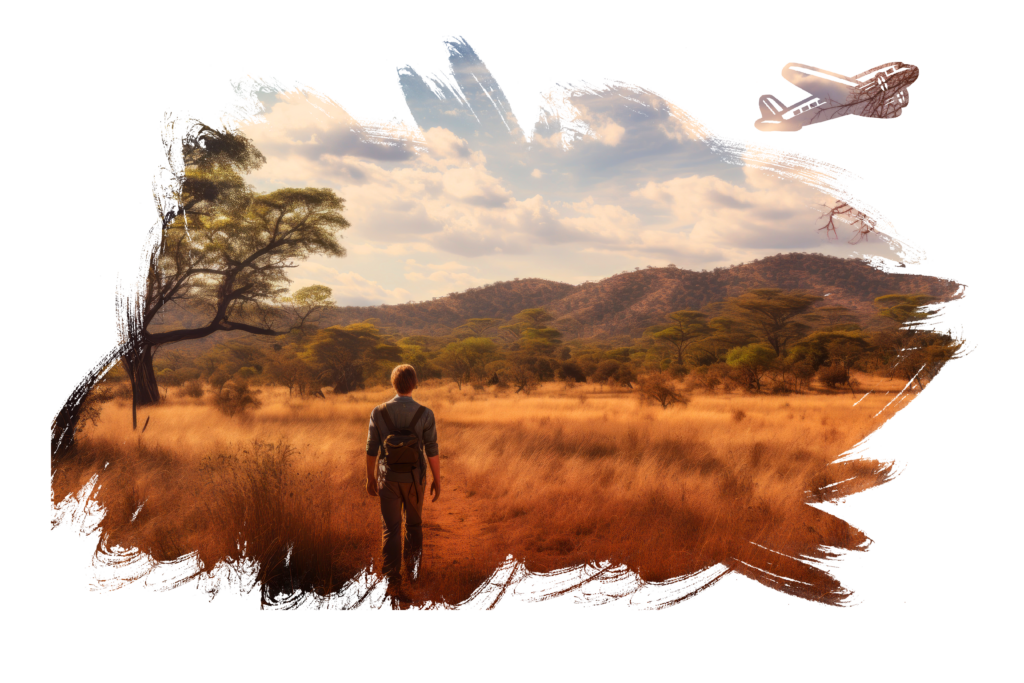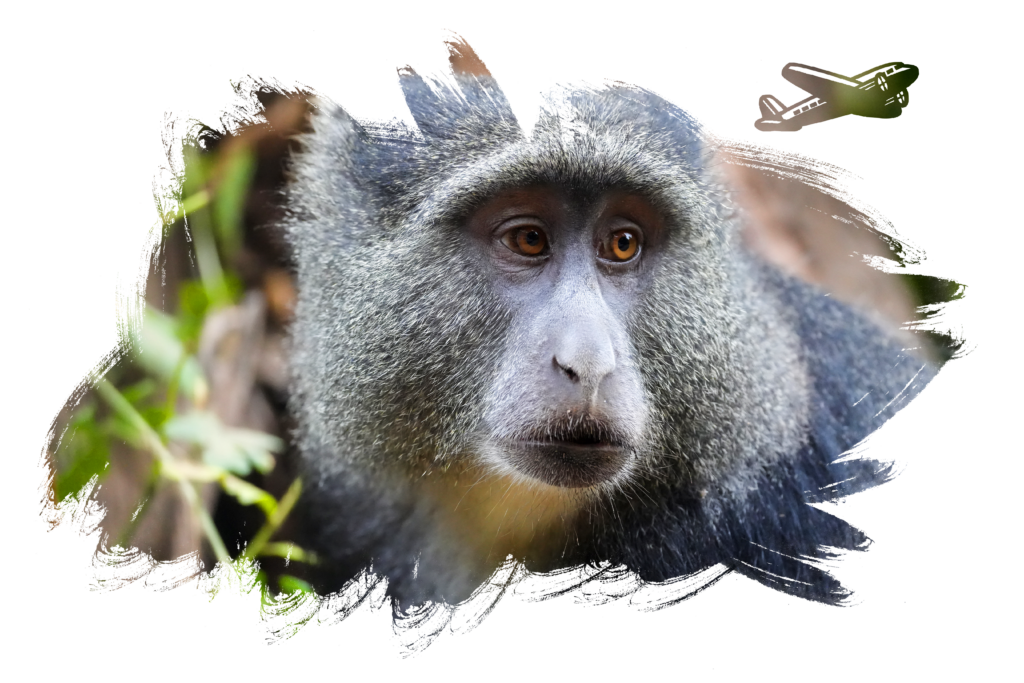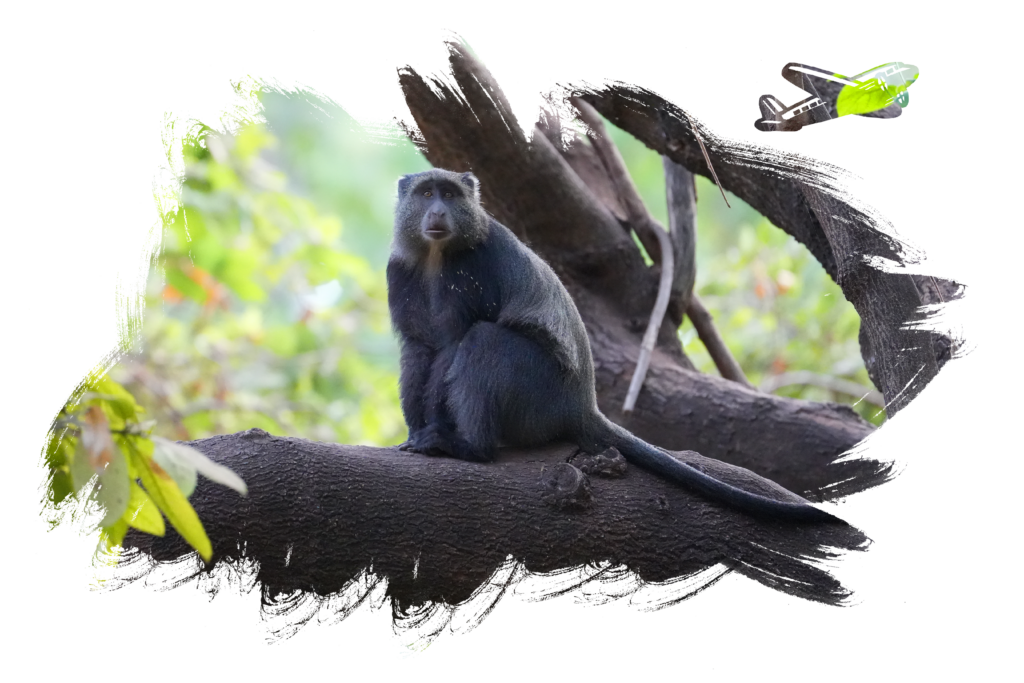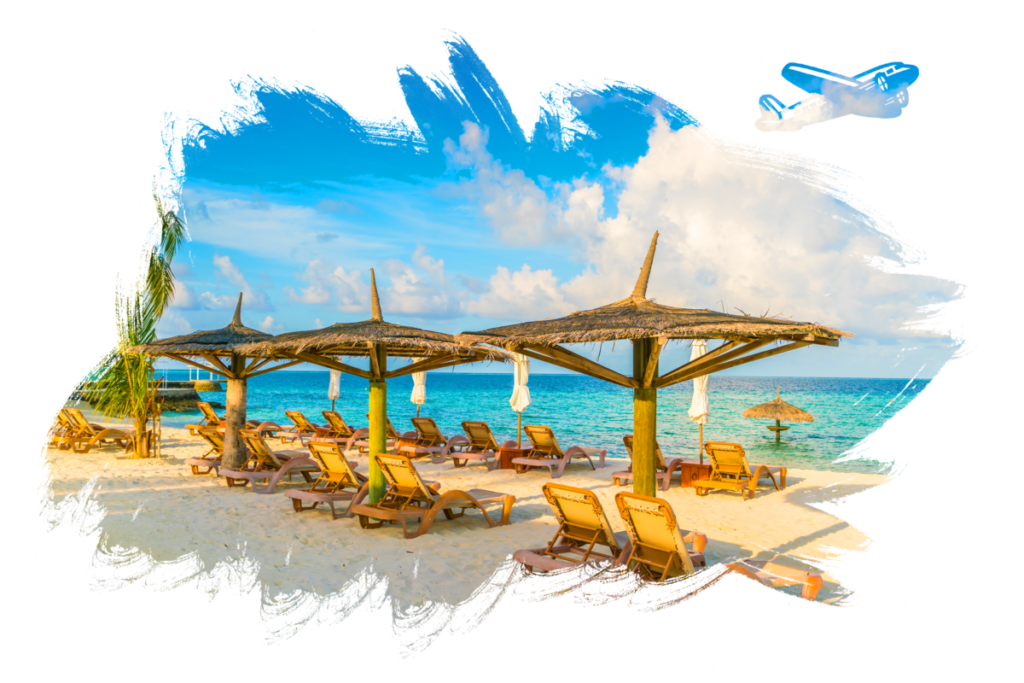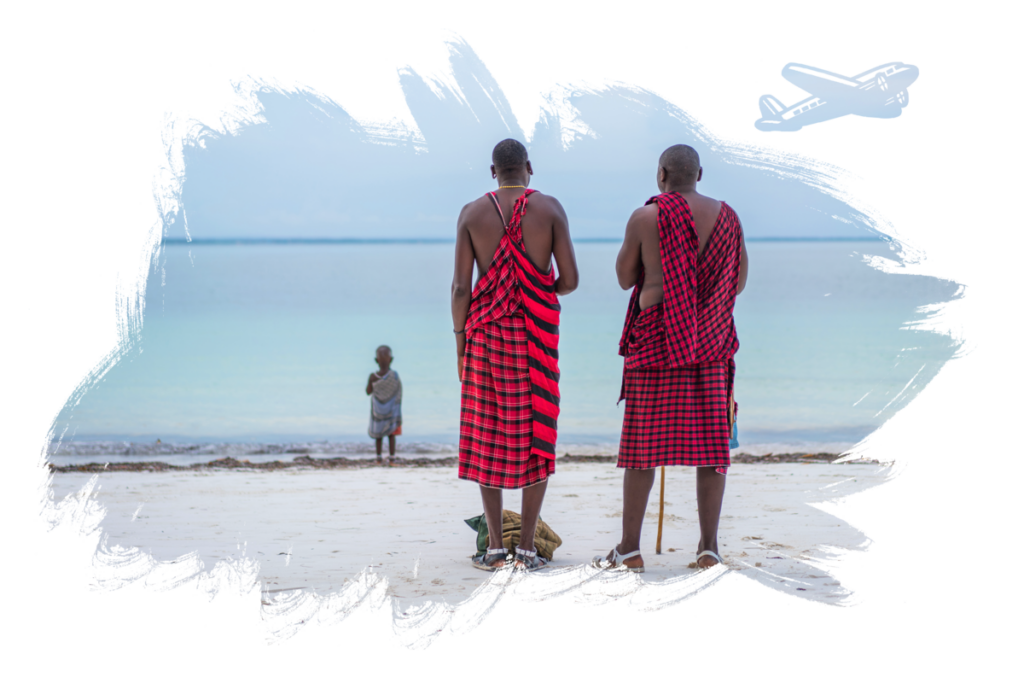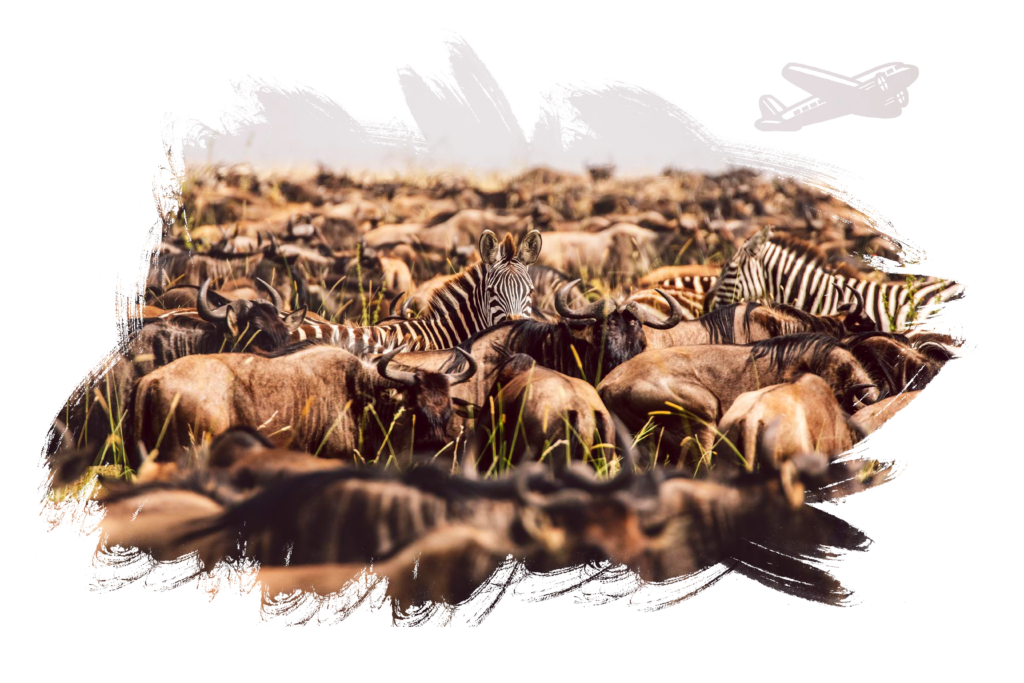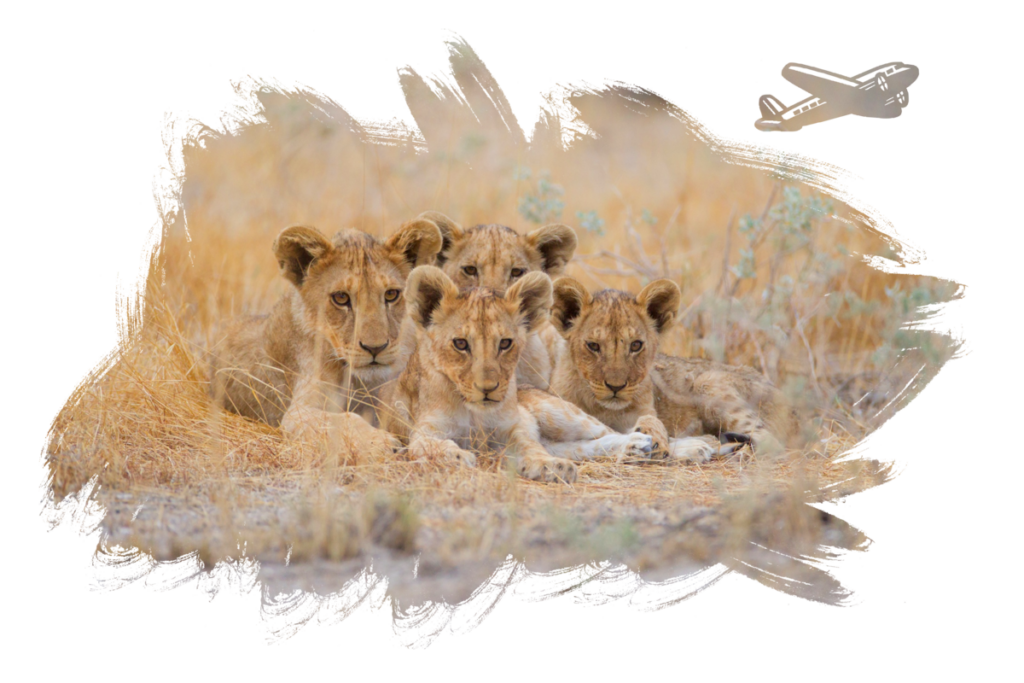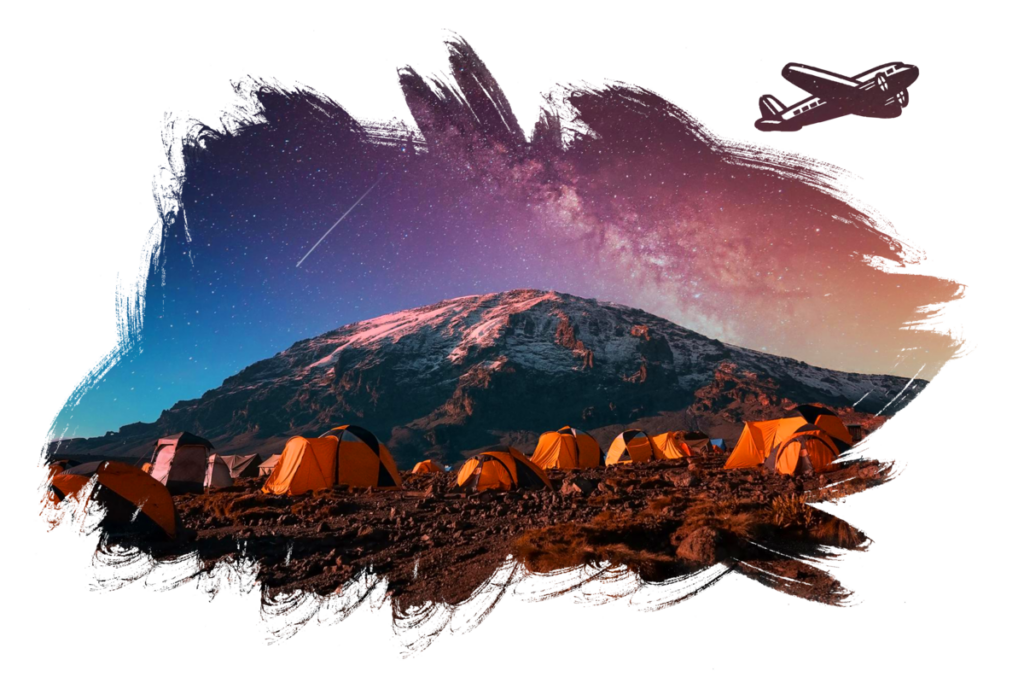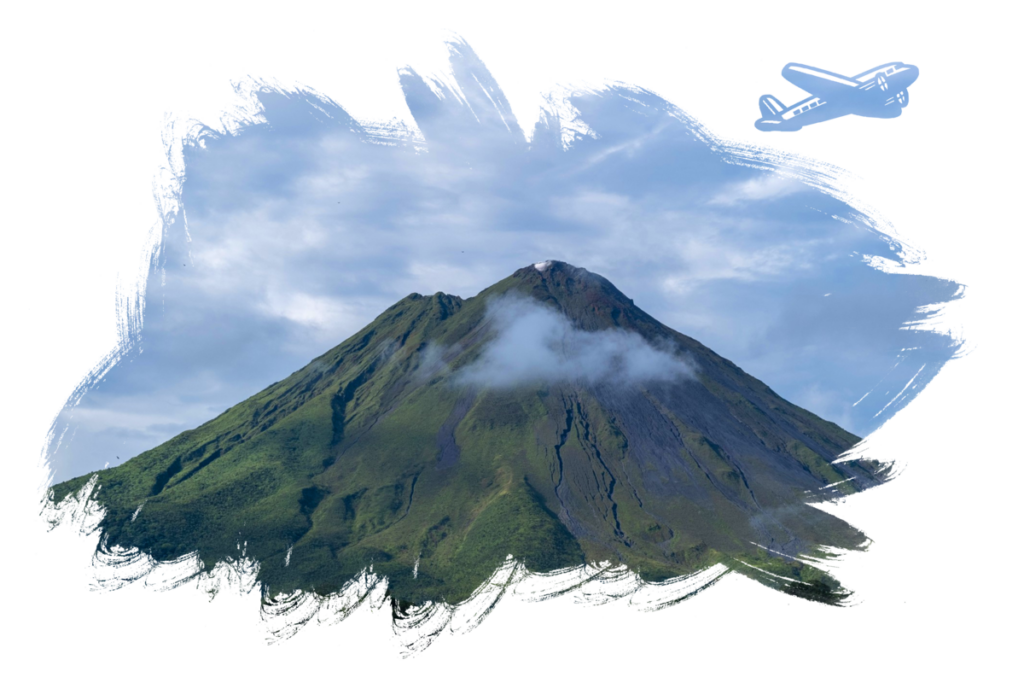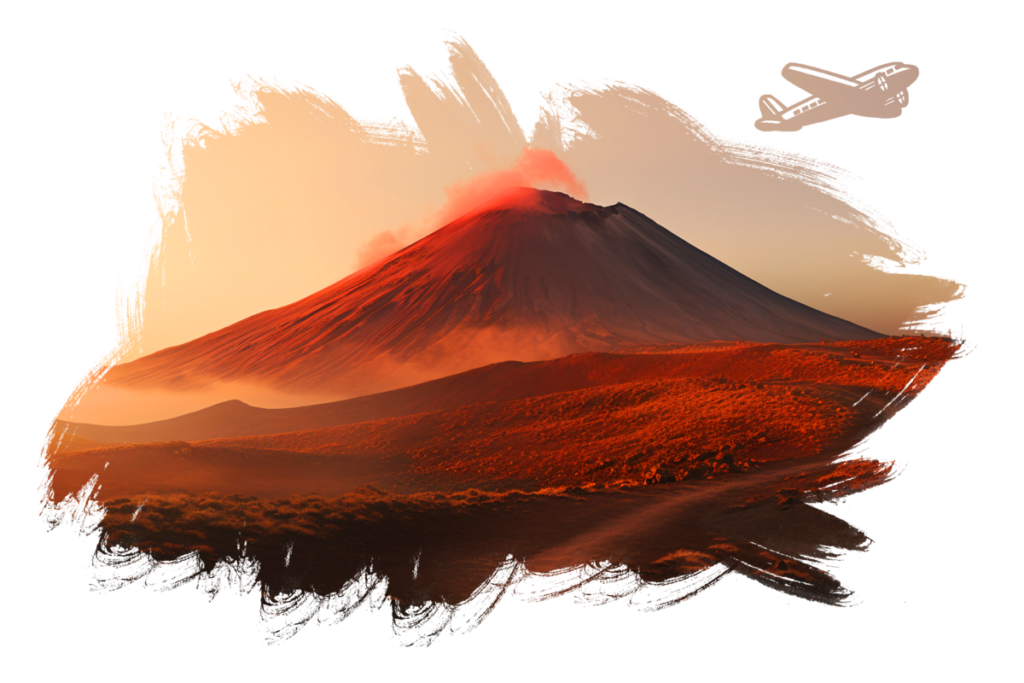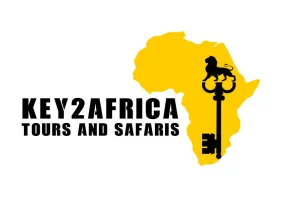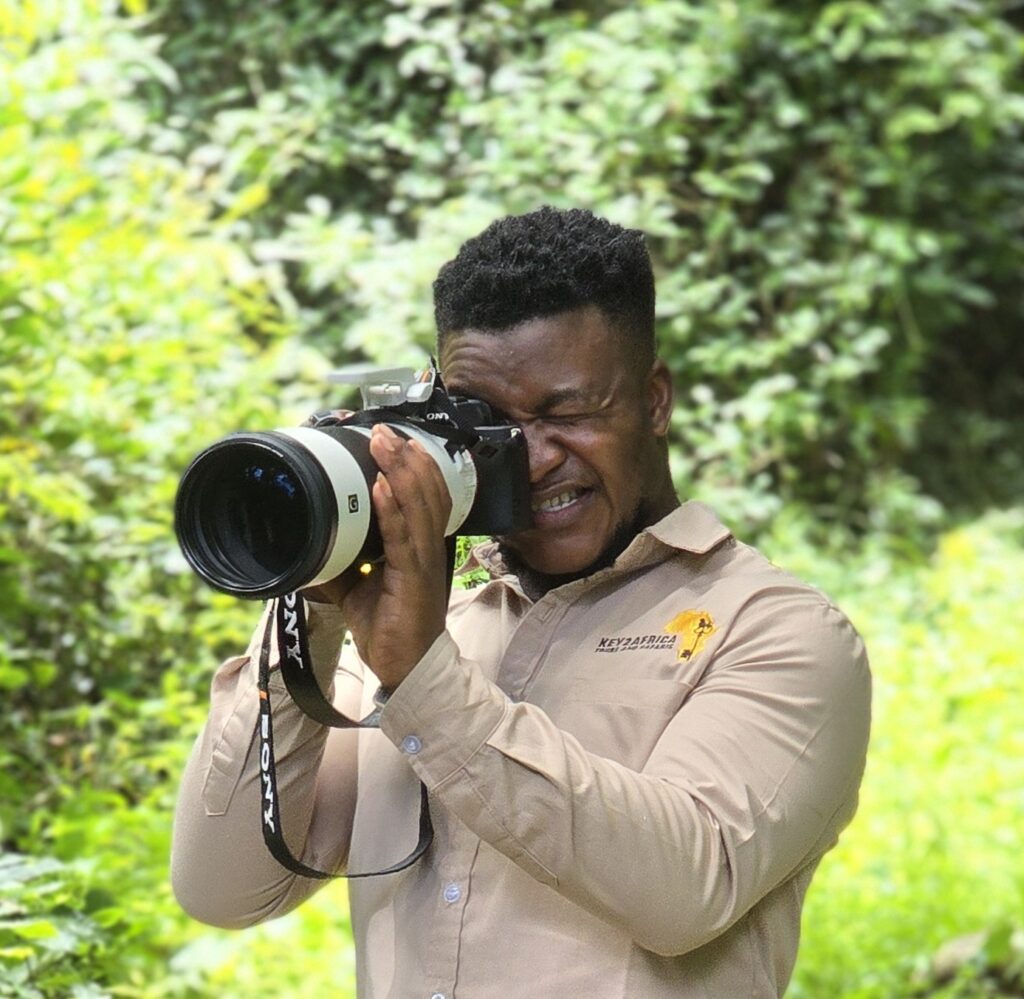Gombe National Park
Gombe National Park
There are truly wild places in Tanzania, and Gombe National Park is one of them. The nature value of Gombe was noticed in 1943 when it was designated as a game reserve. Gombe gained its popularity after the pioneering research activities of Dr Jane Goodall in 1960 which is believed to be the longest-running study of primates in the world. Conservation status was upgraded to that of a National Park in 1968 and opened for tourism in 1978 after chimpanzees habituated to human visitors. It is located 16 km north of Kigoma town on the shores of the world’s second-deepest Lake Tanganyika in western Tanzania with an area of 56 square kilometers. An excited whoop erupts from deep in the forest, boosted immediately by a dozen other voices, rising in volume and tempo and pitch to a frenzied shrieking crescendo. It is the famous ‘panthoot’ call: a bonding ritual that allows the participants to identify each other through their individual vocal stylizations. To the human listener, walking through the ancient forests of Gombe Stream, this spine-chilling outburst is also an indicator of imminent visual contact with man’s closest genetic relative: the chimpanzee
Animals In Gombe National Park
Gombe’s high levels of diversity make it an increasingly popular tourist destination. Besides chimpanzees, primates inhabiting Gombe Stream National Park include beachcomber olive baboons, red colobus, red-tailed monkeys, blue monkeys, and vervet monkeys. Red-tailed monkeys and blue monkeys also hybridize in the area. The park is home to over 200 bird species and bushpigs too. And you can find many species of snakes and occasionally hippos and leopards.
Attractions In Gombe
Gombe wilderness is worth a year-round visit; enabling you to cruise along part of the historical inquisitiveness way back in the 19th century when Livingstone and Stanley searched the source of the River Nile. Rainy season is the best chimpanzee sporting while the green vegetation blooms providing an astonishing scenic view and waterfalls are at the best (November to Mid- May) while dry season provides a chance for the best photo taking, short and long hikes (May to October).
The Best Time To Visit Gombe National Park
January
January is a great time to visit Gombe National Park. The weather is warm and dry, perfect for chimpanzee trekking and hiking. Wildlife is abundant, and the park is less crowded.
February
February continues the dry season, with pleasant temperatures and clear skies. It’s an excellent time for outdoor activities and wildlife viewing.
March
March marks the end of the dry season, with temperatures starting to rise. It’s still a good time to visit, but the park can be more crowded as the Easter holiday approaches.
April
April is the start of the wet season, with rains bringing new life to the park. The landscape is lush and green, but hiking trails can be muddy and slippery.
May
May continues the wet season, with heavy rains at times. It’s a quieter time to visit, with fewer tourists, but wildlife can be harder to spot due to the dense vegetation.
June
June marks the start of the dry season, with cool temperatures and clear skies. Wildlife is active, and the park is less humid, making it a great time for chimpanzee trekking.
July
July continues the dry season, with cool mornings and evenings. It’s a popular time to visit, so it’s advisable to book accommodations and activities in advance.
August
August is one of the best months to visit Gombe National Park. The weather is dry and cool, and wildlife viewing is excellent. It’s also a great time for birdwatching.
September
September is similar to August, with dry conditions and abundant wildlife. The park is less crowded than earlier in the year, making it a great time for a safari.
October
October marks the end of the dry season, with temperatures starting to rise. It’s still a good time to visit, but wildlife can be harder to spot as they disperse in search of water and food.
November
November is the start of the short rains, bringing relief from the heat. The park is green and lush, but hiking trails can be muddy and challenging.
December
December sees the continuation of the short rains, with the park becoming green and vibrant. Wildlife is still present, but sightings can be more challenging due to the dense vegetation.
Safari Packages In Gombe National Park
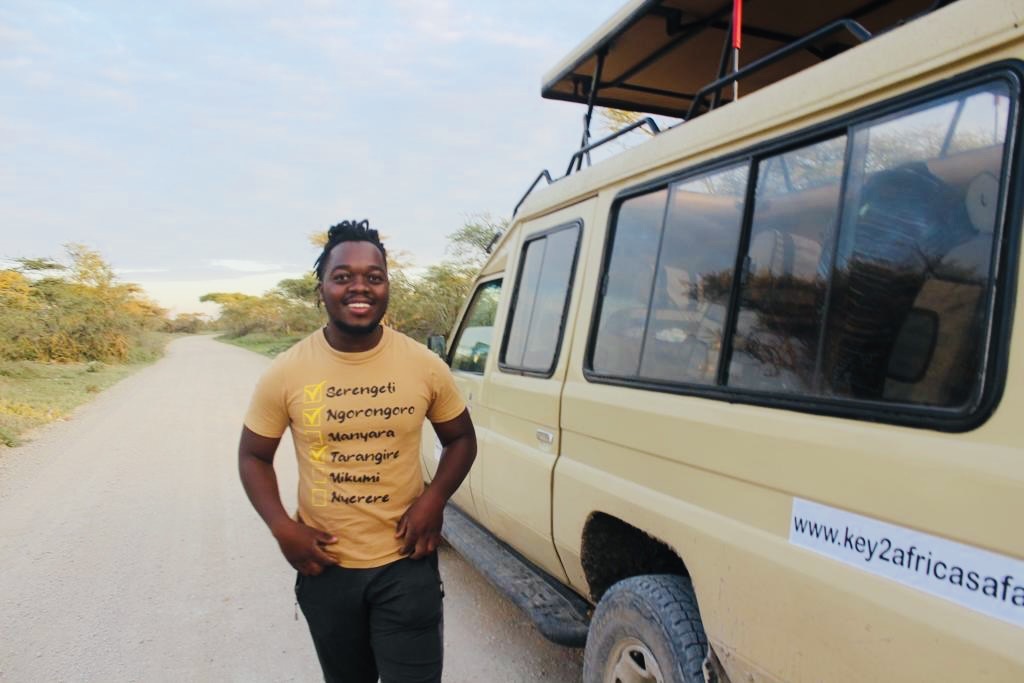
Amani Mahewa
Online
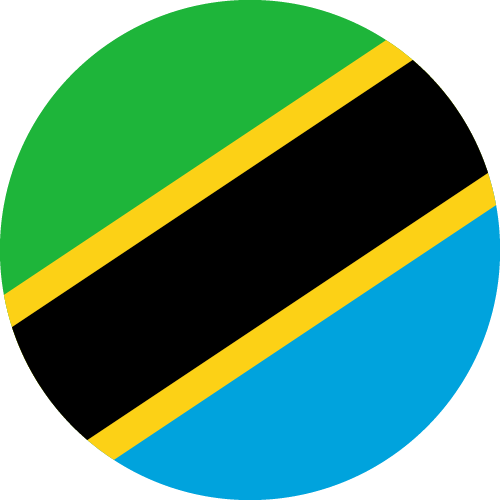
LOCATED IN TANZANIA
Want to plan a memorable Tanzanian adventure?
Contact us. We are always here to help
Things To Do In Gombe National Park
Chimpanzee Trekking
Head out on a guided forest walk to catch a glimpse of our closest relative, as well as up to 82 other wildlife species that call the parks home. Approximately 150 chimpanzees live in the park. A chimp sighting is never guaranteed. However, with experienced guides, the chance is good. Once you have located the troop, you will have up to one hour to observe them. You will need a permit for chimpanzee tracking, and at the time of writing, a chimpanzee permit for Gombe National park is the cheaper option at $100.
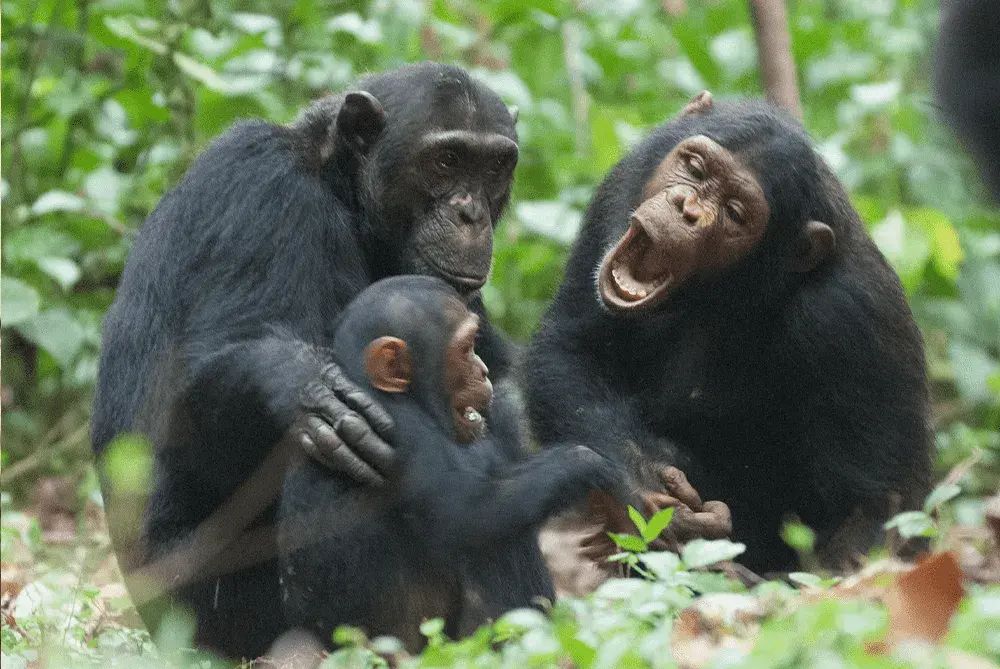
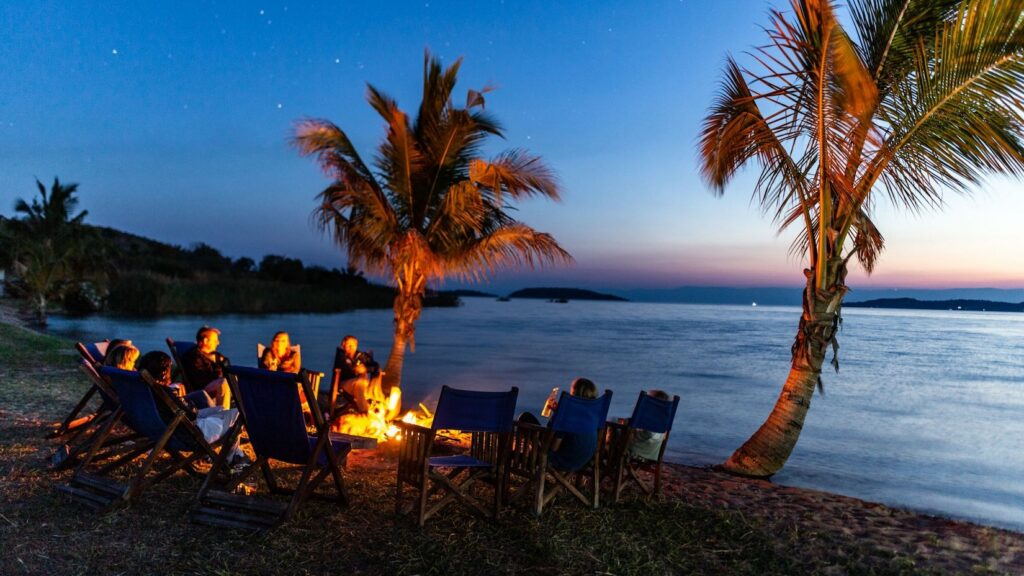
Sundowners on Lake Tanganyika
One of the most popular evening activities is climbing aboard a dhow (traditional boat) and joining the crowd of lantern-laden dug-out canoes heading out to fish for the evening.
Onboard, you can enjoy romantic sundowners and watch the sunset over the lake on a 1.5-hour tour.
Onboard, you can enjoy romantic sundowners and watch the sunset over the lake on a 1.5-hour tour.
Diving and Snorkelling
Lake Tanganyika is a great spot for diving and snorkelling. The water is a consistent 25 degrees Celsius year-round, and visibility in the dry season goes as deep as 20 m. The lake is teeming with vibrant and colourful cichlids. 98% of the 250 known cichlid species are present in this lake. Most diving takes place close to the shores, so it is great for beginners and intermediate divers.
You’ll be with a local expert. It’s important to note that there are crocodiles, hippos and Bilharzia in some areas of the lake, so going with a local professional is essential. Several other water sports activities may be available through your accommodation, including kayaking, wakeboarding, and water-skiing.
You’ll be with a local expert. It’s important to note that there are crocodiles, hippos and Bilharzia in some areas of the lake, so going with a local professional is essential. Several other water sports activities may be available through your accommodation, including kayaking, wakeboarding, and water-skiing.

Getting To Gombe National Park
From Dar es Salaam the best way to get to Gombe Stream National Park is by domestic flight to Kigoma. There are daily scheduled flights, and they take approximately 2 hours. From Arusha, only shared charter flights are available, and they operate twice a week. Driving is not recommended due to the rough terrain and long distances. Trains and buses are also available but can take up to 2 days if traveling from Dar es Salaam and are not recommended for people who like the luxury and comfort of traveling in business class.
Once you have arrived in Kigoma, lake taxis and private boats are the only way to reach Gombe Stream National Park. Lake Taxis take approximately 4 hours from Kibrizi Beach, just north of Kigoma. This takes approximately costs 10,000tsh ($5), but don’t be afraid to haggle within reason. Private charters are the most comfortable way to travel, and you won’t be confined to times that the lake taxis/ferry runs, However, they can cost upwards of $200.
For something a bit different, The MV Liemba, a 100-year-old ‘indestructible warship’, travels between Tanzania and Zambia as a passenger ferry every other Wednesday on a five-day trip, and stops at Gombe.
Once you have arrived in Kigoma, lake taxis and private boats are the only way to reach Gombe Stream National Park. Lake Taxis take approximately 4 hours from Kibrizi Beach, just north of Kigoma. This takes approximately costs 10,000tsh ($5), but don’t be afraid to haggle within reason. Private charters are the most comfortable way to travel, and you won’t be confined to times that the lake taxis/ferry runs, However, they can cost upwards of $200.
For something a bit different, The MV Liemba, a 100-year-old ‘indestructible warship’, travels between Tanzania and Zambia as a passenger ferry every other Wednesday on a five-day trip, and stops at Gombe.
Frequently Asked Questions About Gombe National Park
What Makes Gombe National Park Unique?
Gombe is renowned for its chimpanzee population, made famous by Jane Goodall’s research. It’s one of the few places in the world where you can observe wild chimpanzees up close.
How Do I Get To Gombe National Park?
Gombe National Park is accessible by boat from Kigoma, a town on the shores of Lake Tanganyika. The boat ride offers beautiful views of the lake and surrounding landscapes.
What Is The Best Time Of Year To Visit Gombe National Park?
The best time to visit Gombe National Park is during the dry season, from June to October, when chimpanzees are more active and the weather is pleasant.
Can I See Chimpanzees In Gombe National Park?
Yes, Gombe is home to several groups of habituated chimpanzees, and visitors have the opportunity to trek into the forest to observe them in their natural habitat.
Are There Any Other Animals In Gombe National Park?
In addition to chimpanzees, Gombe is home to other primates such as red colobus monkeys, red-tailed monkeys, and olive baboons. The park is also rich in birdlife.
What Activities Are Available In Gombe National Park?
Besides chimpanzee trekking, visitors to Gombe National Park can enjoy hiking, birdwatching, and boat safaris on Lake Tanganyika.
Are There Accommodations In Gombe National Park?
Yes, there are a few lodges and campsites in and around Gombe National Park where visitors can stay overnight. These accommodations offer a range of amenities and cater to different budgets.
Is It Safe To Visit Gombe National Park?
Gombe National Park is generally safe for visitors, but it’s essential to follow the park’s rules and guidelines, especially when trekking to see chimpanzees.
Are There Any Cultural Experiences Available In Gombe National Park?
While Gombe National Park is primarily known for its wildlife, visitors can also learn about the local cultures of the surrounding area, including the tribes living along the shores of Lake Tanganyika.
What Should I Pack For A Visit To Gombe National Park?
Visitors to Gombe National Park should pack lightweight and breathable clothing, sturdy hiking boots, a hat, sunscreen, insect repellent, and a camera to capture the amazing wildlife and landscapes.

